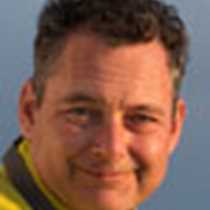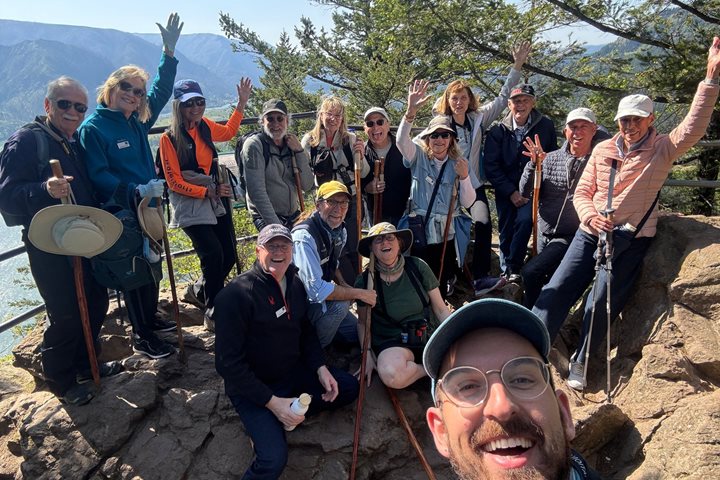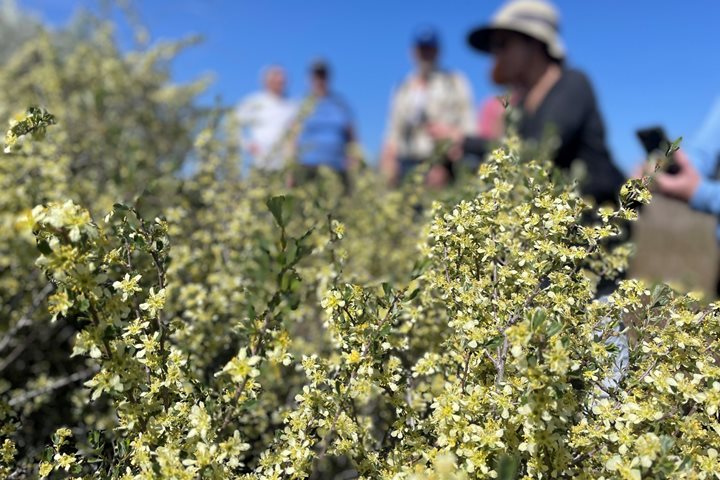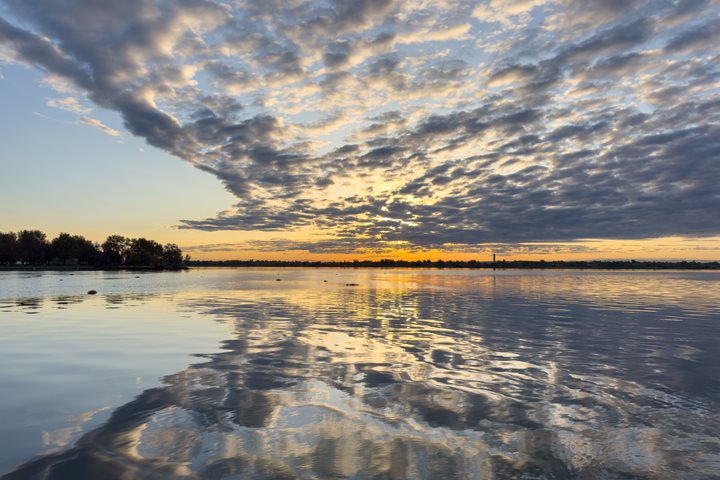We arose to a beautiful sunrise as the Sea Bird passed through Wallula Gap on the Columbia River. Just after breakfast, we entered the Snake River and proceeded through the lock at Ice Harbor Dam to Lake Sacajawea. Cliffs along the lakeshore displayed excellent views of lava flows, one on top of the other, of the 16-million-year-old Columbia River Basalts. Apple orchards and vineyards topped the basalt cliffs. On the reservoir shores were huge bars from the 15,000-year-old Missoula Floods, with giant current ripples some 250-feet crest to crest. “Lunch in the lock” (of Lower Monumental Dam) was on the aft deck, blessed by beautiful warm weather. In the afternoon we anchored at the mouth of the Palouse River for kayaking, trips on the expedition landing crafts, and a bus excursion to Palouse Falls. We marveled at the gigantic plunge pool produced not by the modern falls but by the torrents of water that coursed across the Channeled Scablands during the Missoula Floods.
4/24/2025
Read
National Geographic Sea Bird
Hood River
Unseasonably warm and dry weather continued to grace us as we proceeded with our expedition down the Columbia River. The morning was crisp as we disembarked in Hood River, Oregon, but quickly warmed up as we boarded our coaches. Our explorations began at Multnomah Falls, the number one tourist attraction in the state of Oregon. After we experienced this astounding cascade, some of our guests proceeded to Beacon Rock for a scenic climb up this 800-foot tall, aged lava plug. Others went to the Bonneville Fish Hatchery where we visited a local icon, Herman the sturgeon. Then both groups of explorers met at the Columbia Gorge Interpretative Center for Syncline wines and an overflowing helping of intriguing local history. As the superb weather continued, we voyaged back to National Geographic Sea Bird for a lovely afternoon of classic cruising down the Columbia River. Guests enjoyed the sun on deck or an engaging presentation on how climate change is affecting migratory birds. Complimentary water-level views of Multnomah Falls followed, and our last transit through a lock of this trip – a lovely passage through the Bonneville Lock and Dam. Photos by Doug Crispin and Alex Rubenstein








